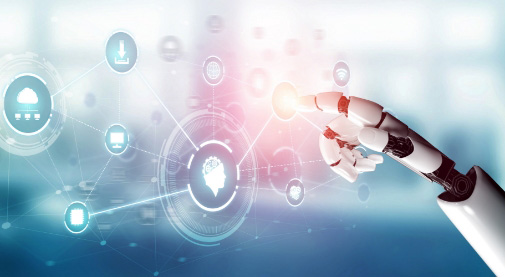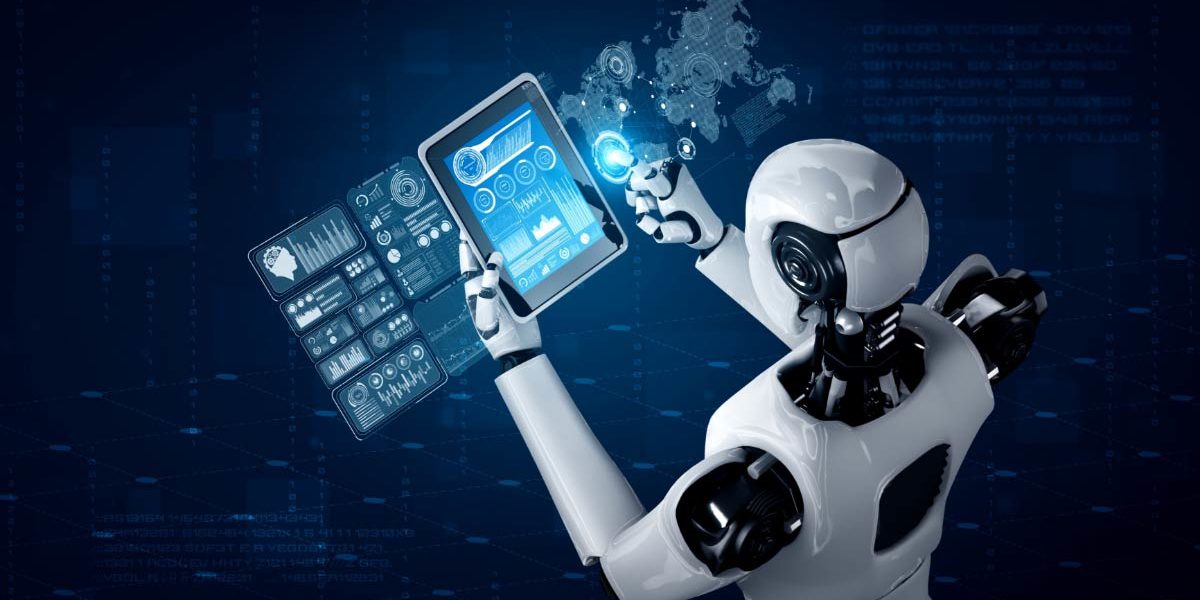IoT and AI in the Digital Supply Chain Market
Organizations are embracing IoT in supply chain management with sensors and communication devices to improve inventory management, accomplish accurate asset tracking, and predict maintenance to develop a demand-driven supply chain network. Additionally, smart sensors are being used to boost automatic data collecting, processing, and GPS, which is enhancing cargo visibility and fill rate. We know that artificial intelligence (AI) is getting smarter every day in a world of self-driving cars, smart algorithms, massive data, and Siri. With planning and optimization, warehouse and inventory management, fleet management, and demand forecasting, AI & Machine Learning and vision systems are used to address important difficulties in supply chain management.
By 2030, the supply chain market is expected to increase to $75 billion.
These technological advancements and commercial maturity are enabled by key sectors such as:
Remote devices can record and send huge amounts of data on the robot’s immediate, predicted, and extended environment thanks to a wide choice of low-cost, compact, and power-efficient sensors.
Major Semicon companies in the industry, such as Microsoft and Google, offer AI-focused CPU architectures. Remote devices can be equipped with cost-effective and low-power AI processors for onsite computing and decision-making.
Advanced software algorithms evaluate and process data from the robot, the cloud, and even remote, extended sensors to offer intelligence data that allows the robot to anticipate demands and adjust its behavior proactively.
Data can be stored, accessed, and processed immediately thanks to wireless connections and cloud computing.
Market Trends and Their Applications
Picking, optimization and fleet management systems are essential for autonomous robotic solutions. Pick optimization robots help boost throughput and optimize existing picking methods and tactics by integrating machine movement. Typically, fleet management solutions (FMS) monitor and control several robots operating within larger payload units and route the robots from an origin to a destination, allowing for centralized management.
Last-mile Delivery (LMD)
Last-mile service using delivery robots and drones has been acknowledged as a critical difference by everyone from well-known shops to small enterprises. Unmanned ground vehicles (UGVs) and drones are used in last-mile delivery operations. To deliver the package, Amazon is putting its Scout delivery robots to the test. FedEx and Pizza Hut have teamed up to test the “SameDay Bot” for pizza delivery.
Famous Dog Robot
It has tremendous agility, allowing you to automate routine inspection processes and data collection accurately, safely, and regularly in terrains inaccessible to humans and unstructured situations.
Healthcare Assistant
Robots are aiding healthcare workers in hospitals around the clock. Supports in the collection and delivery of lab samples, patient supplies, PPE distribution, item retrieval, and medicine delivery. It has grown in importance since the epidemic because it can reduce human intervention. It is claimed to be socially sophisticated, with human-like built characteristics that can make eye contact and provide a supporting arm.
Recycling Infrastructure Robots

Separating different materials accurately has been problematic for recyclers. Robot arms glide over a conveyor belt and are programmed to recognize things. They are led by cameras and use computer vision technology to process millions of photos to classify complex garbage. To improve its categorization and identification of materials such as metal, plastic, paper, and other elements, deep learning algorithms are used.
Humanoid Robots
These AI-powered humanoid robots have an upper torso and four arms, allowing them to surpass typical robot restrictions. They have human-like qualities that allow them to collaborate with humans in factories, offices, and homes while traversing stairs and obstacles. Their rising popularity is driving up demand in a variety of industrial and commercial industries.
Forklifts
Driverless forklifts are in high demand to provide both vertical and horizontal load movement, with increasingly intelligent features such as front and rear scanners, navigation lasers, 3D cameras, and visual/acoustic warning indicators that allow them to move safely around a warehouse in the presence of human workers. They also use cross-docking to carry pallets from inbound and outbound cargo zones.
Warehouse eCart
Teksun Autonomous eCart Solution can help you in tracking and completing the automation of warehouse carts/racks. We have designed a cart which can take 1 ton of weight. It will work as an automatic vehicle through image processing and AI algorithms. It is built-in with a camera to remotely track the warehouse cart. You can run this cart manually, also through Wi-Fi connectivity using a mobile app.
The Bottom Line
Deep learning algorithms, which are strongly incorporated into Industrial IoT (IIoT), have far exceeded expectations, making sure that all production operations are operating at maximum capacity with minimal inaccuracies and inefficiencies. For complicated industrial automation applications, such as warehouse automation, inventory control/logistics, and shipment and products tracking, AI & Machine Learning and wireless technologies are inextricably linked.
If you are looking to implement or improve robotic camera and vision capabilities, please write to us at [email protected]



